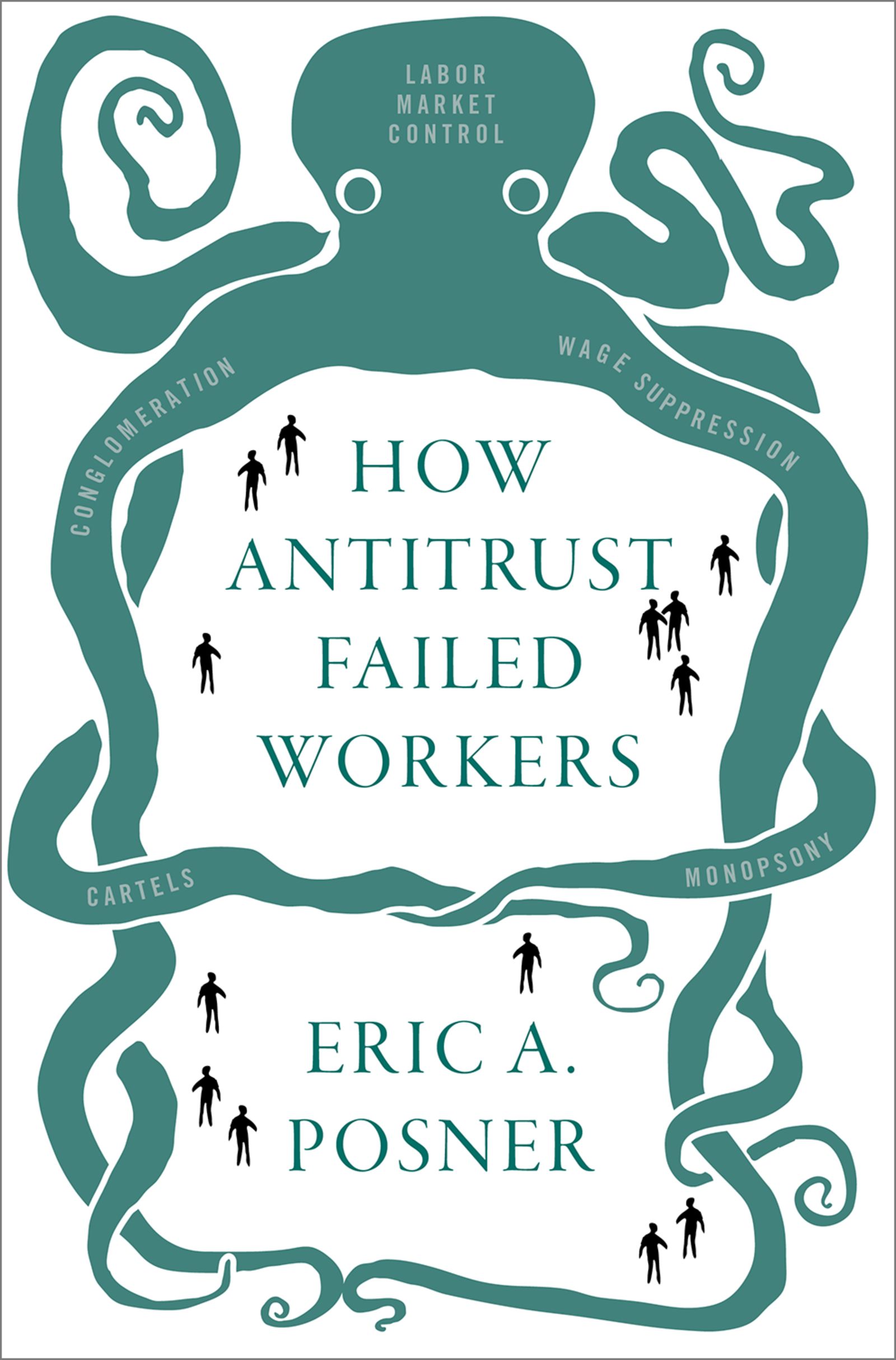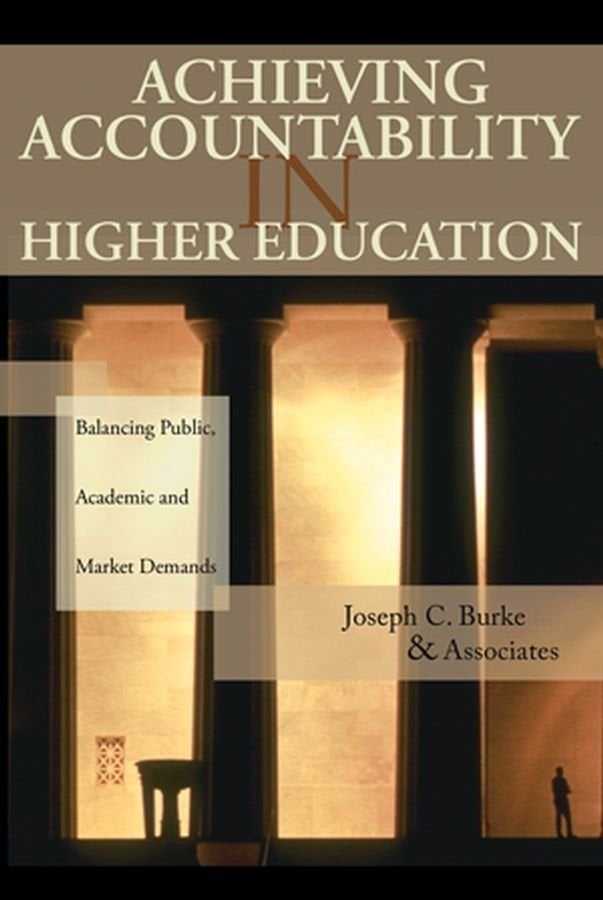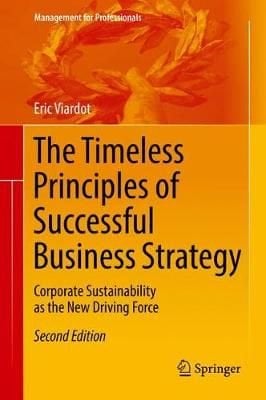Part I -The Value of Relationships 1. Understanding Buyer-Seller Relationships. 27 1. 1 Introduction-The Power of Relationships. 27 1. 2 What Business is Marketing really in? . . 29 1. 3 The Classical Buyer-Seller Relationship . . 32 1. 4 Classifying the Buyer-Seller Relationships . 33 1. 5 Structural Attributes of Buyer-Seller Relationship 34 1. 6 Classifying the Pattern oflnteraction within the Standard Buyer-Seller Relationship . . . . . . . . . . . . . . . . . . . . . . . . . 37 . . . 1. 7 Defining Relationship Marketing. . . . . . . . . . . . . . . . . . 39 . 1. 8 The Relationship Marketing Context-Categorising Relationships . 41 1. 9 Relationships in a Broader Perspective with Impact on Relationship Marketing . . . . . . . . . . . . . . . . . . . . . . . . . 43 . 1. 10 Different Theoretical Directions in Relationship Marketing . 45 2. A Systematic Approach to Buyer-Seller Relationships . 52 2. 1 Marketing as Mutual Exchange. . 52 2. 2 Marketing as Systems. . . . . . . . . 54 2. 2. 1 Three Types of Exchanges . . . 55 2. 2. 2 Two Approaches to Exchanges. 57 2. 3 Introduction of the Political Economy Paradigm . 59 2. 4 The Political Economy Paradigm. . . . . . . . . 61 2. 5 Supplementing the Political Economy Paradigm . 66 2. 5. 1 The 30 R’s Framework. . . . . . . . . . . 67 2. 5. 2 The 6 Markets Framework. . . . . . . . . 70 Appendix: Gummesson’s 30 R Framework Presented in Detail . 77 3. Discovering the Economics of Customer Relationships. . . 85 3. 1 Replacing Traditional Economic Cornerstones . . . . 85 3. 1. 1 The Principle of Complete Resource Mobility. 86 3. 1. 2 The Principle of Frictionless Transactions . 87 3. 1. 3 The Principle of Focusing on the Period. . . . 88 3. 2 Risk and Opportunism of relationships. 89 3. 2. 1 Case-Skanska and Rockwool. .












